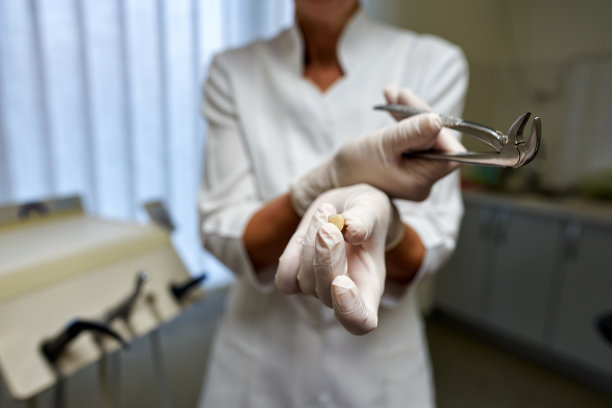A Comprehensive Guide on How to Safely Extract a Tooth at Home Without Professional Help
Summary: This article serves as a comprehensive guide for those considering tooth extraction at home. While seeking professional dental care is always the best option, some individuals may face situations where home extraction appears necessary. The guide addresses safety precautions, required tools, step-by-step procedures for extracting a tooth, and aftercare processes to ensure minimal complications. Through thoughtful preparation and following the steps outlined, individuals can manage the extraction process at home, reducing risks associated with self-extraction. Remember that this guide is only a reference, and it is recommended to consult a dental professional whenever possible.
1. Safety Precautions Before Extraction

Before even considering tooth extraction at home, safety should be your first concern. Assess whether your situation truly requires home extraction or if it is best to seek professional help. Many factors, such as the location and type of tooth, as well as underlying health conditions, can affect this decision.
Ensure that you have a clean, well-lit workspace free from distractions. Gather all necessary tools in advance, including gloves, sterilized instruments, and antiseptic solutions. Hygiene is critical in preventing infection.
Finally, prepare yourself mentally for the procedure. Understand the possible complications and be ready to abort the extraction if things do not go as planned. Having a trusted friend or family member present can provide support and assistance if necessary.
2. Required Tools and Equipment
Having the right tools is essential for a successful tooth extraction at home. Start with basic dental tools, such as forceps and a dental elevator, which can help loosen the tooth before extraction. Sterilizing these instruments is crucial to maintain a safe environment.
In addition to dental tools, gather supplies like sterile gauze, antiseptic wipes, and over-the-counter pain relief medication. An ice pack can also be beneficial for post-extraction swelling. Ensure you have these items within reach before beginning the process.
Lastly, consider using a magnifying glass or dental mirror to get a better view of the tooth you intend to extract. Visibility is key to performing the extraction safely and effectively.
3. Step-by-Step Extraction Process
Once you prepare and gather the required tools, follow a step-by-step approach for the extraction process. Begin by rinsing your mouth thoroughly with warm salt water to reduce bacteria and cleanse the area around the tooth.
Next, put on gloves and carefully examine the tooth. Use the dental elevator to gently rock the tooth back and forth, loosening it in the socket. Take your time, as rushing can lead to damage to surrounding tissues and possible complications.
When the tooth appears sufficiently loosened, use the forceps to grasp it firmly. Apply gentle, consistent pressure while pulling outward. If you encounter significant resistance, stop and reassess the situation rather than forcing the extraction.
4. Post-Extraction Care and Recovery
After successfully extracting the tooth, proper aftercare is crucial for a smooth recovery. Begin by placing a piece of sterile gauze over the extraction site and biting down gently to control bleeding. Follow the gauze instructions until the bleeding subsides.
Pain management is also essential. Over-the-counter pain relievers can help alleviate discomfort, while an ice pack applied to the cheek can reduce swelling. Make sure to rest and avoid strenuous activities for a few days to promote healing.
Lastly, maintain good oral hygiene during recovery. Rinse your mouth with salt water regularly to keep the area clean and free from bacteria. It’s also vital to keep an eye out for any signs of infection, such as increased pain, swelling, or pus, in which case you should seek professional help immediately.
Summary:
In conclusion, this comprehensive guide outlines essential steps for safely extracting a tooth at home, emphasizing safety precautions, tools, procedures, and post-care. While the idea of self-extraction can be intimidating, understanding the process can help alleviate fears. Never underestimate the importance of professional dental care; when in doubt, it is always prudent to seek help from a qualified dentist.
This article is compiled by Vickong Dental and the content is for reference only.


